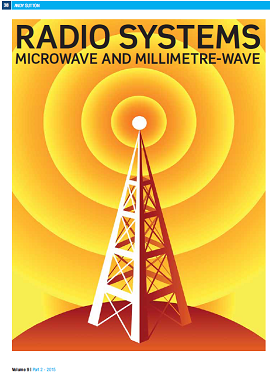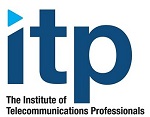Radio Systems Microwave and Millimetre-wave

This paper was published in 2015 within the Journal of the Institute of Telecommunications Professionals (Volume 9, Part 2, Pages 38-43) and is made available here with their kind permission.

Introduction
Modern digital microwave radio systems provide very high throughput with low latency and high availability making them ideal for a wide range of connectivity requirements. CCTV backhaul, mobile backhaul, highfrequency trading, corporate connectivity, Internet access and more can all be addressed with wireless solutions.
This article explores the state-of-the-art in microwave as well as millimetre-wave radio systems. The microwave band is correctly defined as 3GHz to 30GHz while the millimetre-wave band extends from 30GHz to 300GHz. Practical applications of radio systems in these bands are found between 4 and 86GHz today while research is ongoing into higher frequency bands, in particular the 92GHz to 95GHz band. This article focuses on point-to-point applications of microwave and millimetre-wave radio technologies.
This article focuses on the state-ofthe-art and therefore considers radio systems designed to carry Ethernet or Carrier Ethernet.
The telecommunications industry has witnessed a significant shift from Time Division Multiplex (TDM)-based transmission to Carrier Ethernet over the last decade, an evolution driven by the work of the MEF (Metro Ethernet Forum)1. Specific to this topic, the MEF has published a white paper focused on the use of microwave radio technologies for the transmission of Carrier Ethernet services [2]. This evolution from TDM to Carrier Ethernet has introduced a number of technical challenges and required significant work within International Standardisation bodies such as ETSI and the ITU to ensure Carrier Ethernet can support the levels of service and capability previously provided by TDM systems. These requirements range from network synchronisation which was effectively free with TDM E1 circuits due to the use of High Density Bipolar 3 line code, through to Operations, Administration, Maintenance and Provisioning which was integrated from the outset within the Synchronous Digital Hierarchy standards.


Follow on social media .....